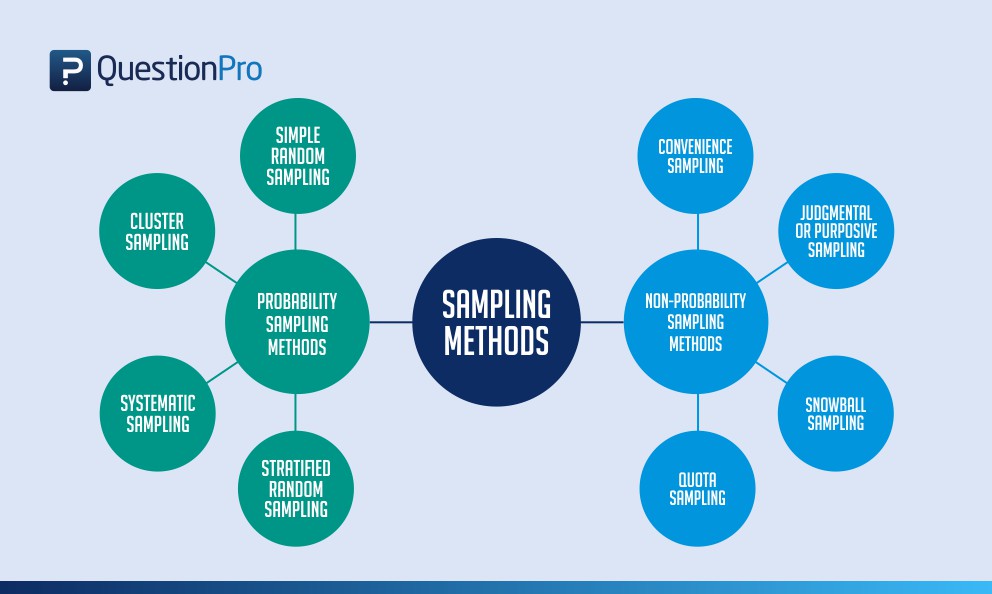Task-based language teaching (TBLT) is an approach to language teaching that focuses on the use of tasks to promote language learning. It has become increasingly popular in recent years, and research into its effectiveness has been conducted in a variety of contexts. This article provides an overview of the research findings on TBLT, summarizing the key findings and implications for language teaching. It also discusses the challenges and limitations of TBLT research, and suggests areas for future research.
Exploring the Impact of Task-Based Language Teaching on Student Engagement
Task-based language teaching (TBLT) has become increasingly popular in recent years, as it has been shown to be an effective way to engage students in the language learning process. This paper will explore the impact of TBLT on student engagement, with a focus on the various ways in which it can be used to motivate and encourage students to become more involved in their language learning.
The first part of this paper will discuss the theoretical foundations of TBLT, including its origins, its main principles, and its advantages over traditional language teaching methods. It will then examine the various ways in which TBLT can be used to promote student engagement, such as through the use of authentic materials, meaningful tasks, and collaborative activities. Finally, the paper will consider the potential challenges associated with TBLT, such as the need for teachers to be well-prepared and the potential for students to become overwhelmed by the amount of work required.
The second part of this paper will present the results of a qualitative study that was conducted to explore the impact of TBLT on student engagement. The study involved interviews with students and teachers in a language classroom, as well as observations of the classroom environment. The results of the study showed that TBLT had a positive impact on student engagement, as it provided students with meaningful tasks that were relevant to their interests and allowed them to work collaboratively with their peers.
The final part of this paper will discuss the implications of the findings for language teachers and language learners. It will suggest that TBLT can be an effective way to engage students in the language learning process, but that it is important for teachers to be well-prepared and for students to be given appropriate support. It will also suggest that further research is needed to explore the impact of TBLT on student engagement in different contexts.
In conclusion, this paper has explored the impact of TBLT on student engagement, with a focus on the various ways in which it can be used to motivate and encourage students to become more involved in their language learning. The results of the qualitative study suggest that TBLT can be an effective way to engage students, but that it is important for teachers to be well-prepared and for students to be given appropriate support. Further research is needed to explore the impact of TBLT on student engagement in different contexts.
Examining the Role of Task Complexity in Task-Based Language Teaching
The purpose of this paper is to examine the role of task complexity in task-based language teaching (TBLT). Task complexity is an important factor in TBLT, as it affects the effectiveness of the teaching process and the learning outcomes of the students. This paper will discuss the various aspects of task complexity, including the types of tasks, the level of difficulty, and the cognitive processes involved in task completion. It will also explore the implications of task complexity for TBLT, including the impact on student motivation and engagement, the development of language skills, and the effectiveness of the teaching process. Finally, this paper will provide recommendations for teachers on how to effectively manage task complexity in their TBLT classrooms.
Task complexity is an important factor in TBLT, as it affects the effectiveness of the teaching process and the learning outcomes of the students. Tasks can be classified into three main types: communicative, cognitive, and affective. Communicative tasks involve the exchange of information between two or more people, while cognitive tasks involve problem-solving and the application of knowledge. Affective tasks involve the development of attitudes and values. Each type of task has its own level of difficulty, which can range from simple to complex. The level of difficulty of a task affects the cognitive processes involved in task completion, such as the amount of time and effort required to complete the task, the amount of information that needs to be processed, and the level of cognitive complexity.
The implications of task complexity for TBLT are numerous. For example, tasks that are too difficult can lead to frustration and disengagement, while tasks that are too easy can lead to boredom and lack of motivation. The level of difficulty of the tasks should be carefully considered in order to ensure that students are challenged and engaged. Additionally, task complexity can affect the development of language skills, as tasks that are too difficult can lead to a lack of understanding, while tasks that are too easy can lead to a lack of progress.
Finally, this paper will provide recommendations for teachers on how to effectively manage task complexity in their TBLT classrooms. Teachers should consider the types of tasks, the level of difficulty, and the cognitive processes involved in task completion when designing tasks for their students. Additionally, teachers should provide appropriate scaffolding and support to ensure that students are able to complete the tasks successfully. By carefully considering task complexity, teachers can ensure that their students are motivated and engaged, and that they are able to develop their language skills effectively.
Investigating the Effects of Task-Based Language Teaching on Student Motivation
The purpose of this study is to investigate the effects of task-based language teaching (TBLT) on student motivation. TBLT is an approach to language teaching that focuses on the completion of meaningful tasks, such as role-playing, problem-solving, and other communicative activities. This approach has been shown to be effective in promoting language acquisition, but its effects on student motivation have not been thoroughly explored.
The study will be conducted using a mixed-methods approach, combining quantitative and qualitative data. The quantitative data will be collected through a survey administered to a sample of students who have participated in TBLT classes. The survey will measure student motivation in terms of their attitudes towards language learning, their engagement in class activities, and their overall satisfaction with the TBLT approach. The qualitative data will be collected through interviews with the same sample of students. The interviews will explore the students’ experiences with TBLT and their perceptions of its effects on their motivation.
The results of the study will provide valuable insight into the effects of TBLT on student motivation. This information can be used to inform language teaching practices and to develop strategies for promoting student engagement and motivation in language learning.
Analyzing the Benefits of Task-Based Language Teaching for Second Language Acquisition
Task-based language teaching (TBLT) has become increasingly popular in second language acquisition (SLA) due to its potential to promote learner autonomy and foster communicative competence. This paper will analyze the benefits of TBLT for SLA by examining the theoretical foundations of TBLT, the advantages of task-based instruction, and the implications for language teaching.
The theoretical foundations of TBLT are based on the notion that language is best acquired through meaningful use in communicative tasks. This approach is rooted in the communicative language teaching (CLT) tradition, which emphasizes the importance of meaningful communication in language learning. TBLT is also informed by the cognitive-interactionist approach, which posits that language learning is an active process of constructing meaning through interaction with others. Thus, TBLT is based on the idea that language is best acquired through meaningful use in communicative tasks.
The advantages of TBLT for SLA are numerous. First, TBLT encourages learner autonomy by allowing learners to take ownership of their learning process. Learners are given the opportunity to explore language in meaningful contexts and to develop their own strategies for language use. Second, TBLT promotes communicative competence by providing learners with the opportunity to practice using language in real-world contexts. Third, TBLT encourages collaboration and interaction among learners, which can lead to increased motivation and engagement. Finally, TBLT can be adapted to meet the needs of individual learners, making it an effective and flexible approach to language teaching.
The implications of TBLT for language teaching are significant. TBLT can be used to create engaging and meaningful learning experiences for learners. It can also be used to promote learner autonomy and foster communicative competence. Furthermore, TBLT can be adapted to meet the needs of individual learners, making it an effective and flexible approach to language teaching.
In conclusion, TBLT has numerous benefits for SLA. It encourages learner autonomy, promotes communicative competence, and can be adapted to meet the needs of individual learners. Thus, TBLT is an effective and flexible approach to language teaching that can be used to create engaging and meaningful learning experiences for learners.
Comparing the Effectiveness of Task-Based Language Teaching and Traditional Language Teaching Methods
The effectiveness of language teaching methods has been a topic of debate for many years. Task-based language teaching (TBLT) and traditional language teaching (TLT) are two of the most commonly used approaches in language instruction. This paper will compare the effectiveness of TBLT and TLT in terms of their ability to promote language acquisition.
TBLT is an approach to language instruction that focuses on the completion of tasks as a means of language learning. This approach is based on the idea that language is best acquired through meaningful use in real-world contexts. TBLT emphasizes the use of authentic materials and activities that are meaningful to the learner. This approach also encourages learners to use the language in a communicative way, allowing them to practice their language skills in a natural setting.
TLT, on the other hand, is a more traditional approach to language instruction. This approach focuses on the teaching of grammar and vocabulary through drills and memorization. TLT also emphasizes the use of textbooks and other materials that are designed to teach language in a structured way.
Studies have shown that TBLT is more effective than TLT in promoting language acquisition. TBLT has been found to be more effective in helping learners acquire language skills in a natural and meaningful way. This is due to the fact that TBLT encourages learners to use the language in a communicative way, allowing them to practice their language skills in a real-world context. Additionally, TBLT has been found to be more effective in helping learners retain language skills over time.
In contrast, TLT has been found to be less effective in promoting language acquisition. This is due to the fact that TLT focuses on the teaching of grammar and vocabulary through drills and memorization, which can be tedious and unengaging for learners. Additionally, TLT has been found to be less effective in helping learners retain language skills over time.
In conclusion, TBLT is more effective than TLT in promoting language acquisition. TBLT encourages learners to use the language in a communicative way, allowing them to practice their language skills in a real-world context. Additionally, TBLT has been found to be more effective in helping learners retain language skills over time. For these reasons, TBLT is the preferred approach for language instruction.
Conclusion
In conclusion, Task-based language teaching research has provided a wealth of evidence that suggests that this approach is an effective way to teach language. It has been found to be beneficial for both learners and teachers, and has been shown to improve language proficiency, motivation, and engagement. Furthermore, it has been found to be an effective way to promote communicative competence and to foster autonomous learning. As such, Task-based language teaching is an important tool for language teachers and should be considered when designing language teaching curricula.
Discussion
[wpaicg_chatgpt]



